By Mike Wilmington and Film Noir Blonde
This is a guide to classic film noir on cable TV. All the movies are from the current schedule of Turner Classic Movies (TCM), which broadcasts them uncut and uninterrupted. The times are Eastern Standard and (Pacific Standard).
Pick of the Week
“The Window” (1949, Ted Tetzlaff). Monday, Sept. 17, 2012, 1:45 a.m. (10:45 p.m.)
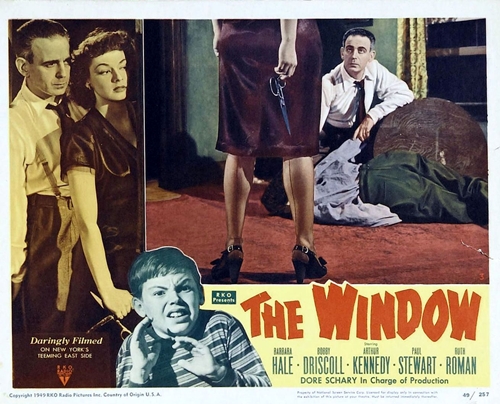 On a sweltering New York City night, a 9-year-old named Tommy (Bobby Driscoll) witnesses a murder committed by neighbors (Paul Stewart and Ruth Roman).
On a sweltering New York City night, a 9-year-old named Tommy (Bobby Driscoll) witnesses a murder committed by neighbors (Paul Stewart and Ruth Roman).
Unfortunately Tommy is known for crying wolf and his parents (Barbara Hale and Arthur Kennedy) don’t believe him. As he keeps trying to tell his story, the killers become more and more aware of the threat he poses and more determined to shut him up.
Of all the great noir writers – Hammett, Chandler, Cain, Goodis, Thompson – no one could generate sheer screaming suspense like pulp-fiction king Cornell Woolrich. And this picture, along with Hitchcock’s 1954 “Rear Window,” are the most tension-packed, unnerving movies made from Woolrich’s stories.
“The Window,” shot largely on location, has grittily evocative street scenery and the cast is letter-perfect. (Driscoll won a special Juvenile Oscar for his performance.) The director was Ted Tetzlaff, an ace cinematographer who shot Hitchcock’s “Notorious,” and he does a wonderful job here.
This movie seethes with atmosphere and character, crackles with fear and dread. There are some classic film noirs that are underrated, and – perhaps because the protagonist here is, atypically, a child – this is one of them.
Saturday, Sept. 15
10 p.m. (7 p.m.) “Strangers on a Train” (1951, Alfred Hitchcock)
12 a.m. (9 p.m.) “Dial M for Murder” (1954, Alfred Hitchcock)
2 a.m. (11 p.m.) “Niagara” (1953, Henry Hathaway)
3:45 a.m. (12:45 a.m.): “The Postman Always Rings Twice” (1946, Tay Garnett). See Noir File, 6/29/12
3:30 p.m. (12:30 p.m.): “Point Blank” (1967, John Boorman). “Point Blank” is one of the quintessential neo noirs. Lee Marvin is a thief betrayed and left for dead in Alcatraz. When he takes off after his treacherous associates and their bosses (Carroll O’Connor and Lloyd Bochner), with the help of a mysterious guide (Keenan Wynn) and a glamorous pal (Angie Dickinson), it’s a magnetic, terrifying sight.
Based on a novel by “Richard Stark” (aka Donald Westlake), the movie is steeped in its Los Angeles locale: a deadly city of noir that’s also a surprisingly beautiful sunlit-vision of LA circa 1967. With Boorman going all out, this classic movie plays like a grand collaboration among Don Siegel, Alain Resnais, Phil Karlson and Jean-Pierre Melville. As for Lee Marvin, he’s at the top of his game. So is Angie.
Wednesday, Sept. 19
6:15 p.m. (3:15 p.m.): “The Breaking Point” (1950, Michael Curtiz). Based on Hemingway’s “To Have and Have Not,” and starring John Garfield in the Bogie part, this is a more faithful adaptation than the 1944 Howard Hawks picture, but not quite as good a movie. (Then again, some buffs prefer it.) Curtiz gives it speed, atmosphere and a dark overview. The rest of the cast includes Patricia Neal, Phyllis Thaxter and, in the Walter Brennan part, the matchless Juano Hernandez.
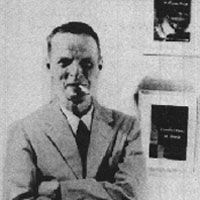
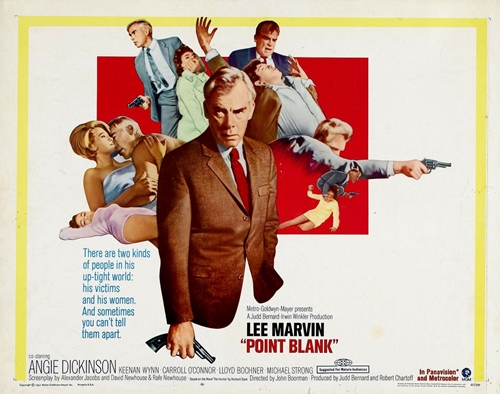





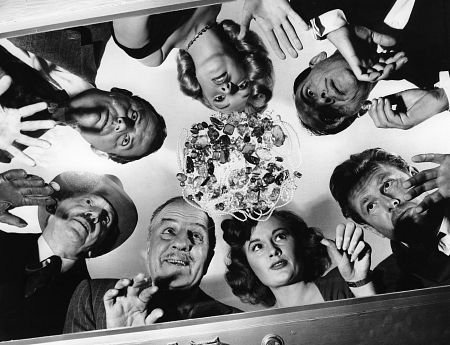
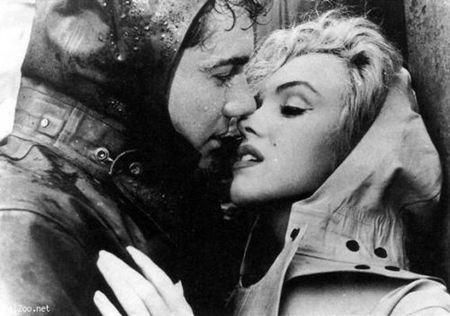
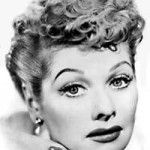
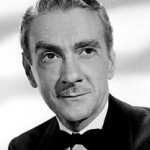

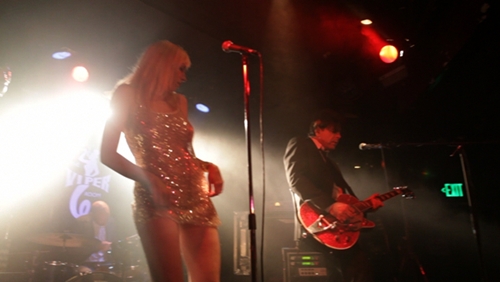
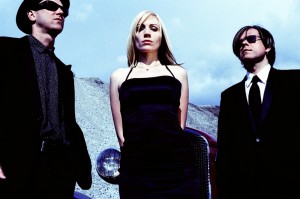
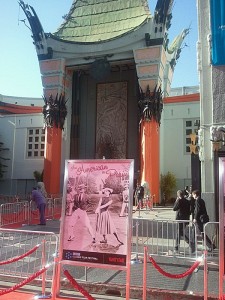
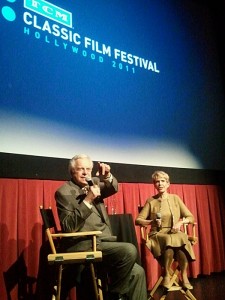
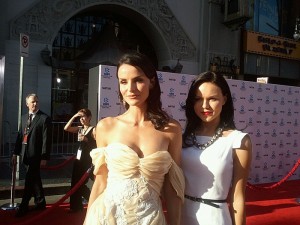
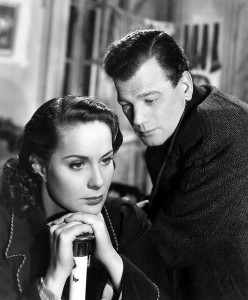

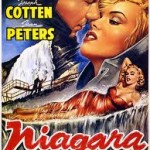





From FNB readers